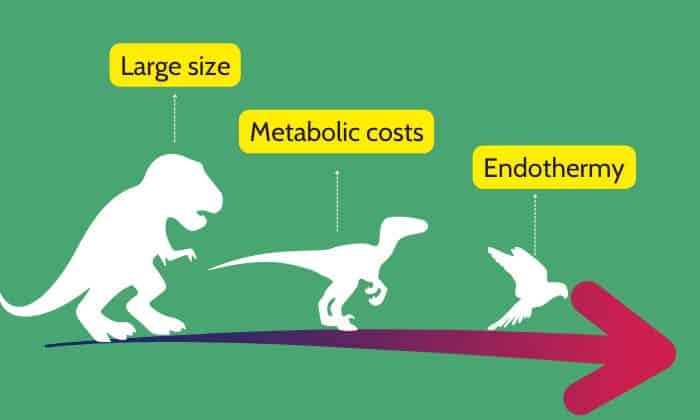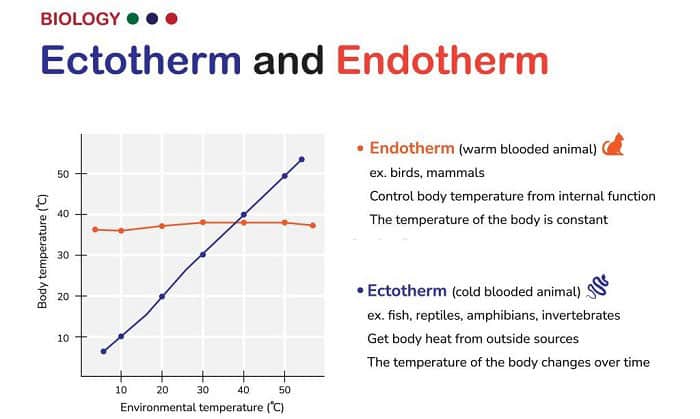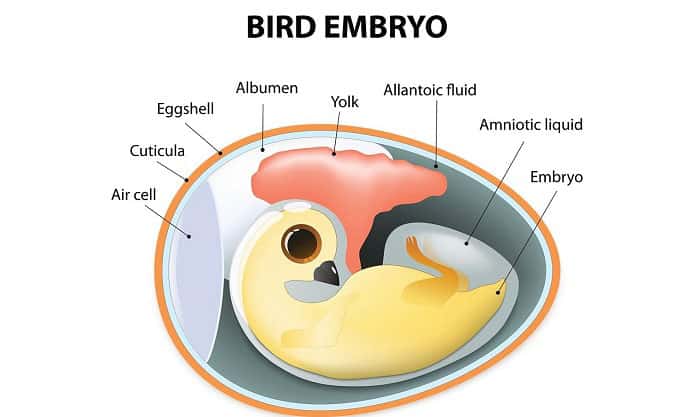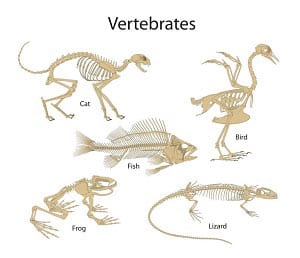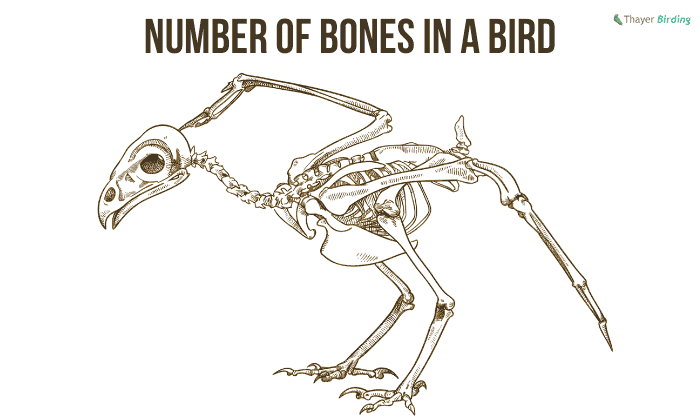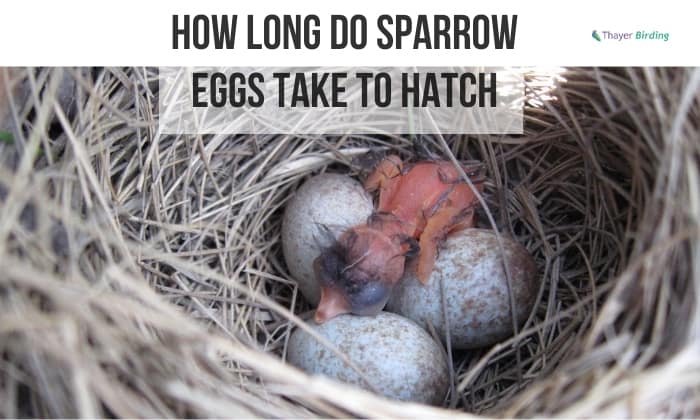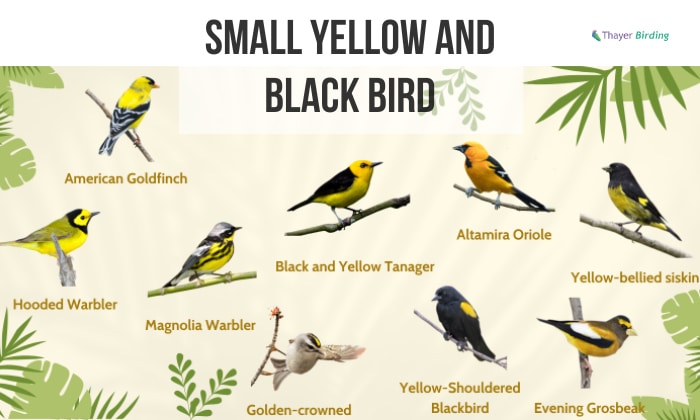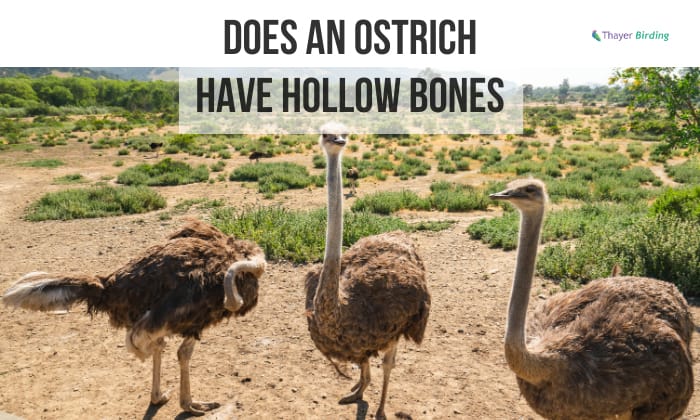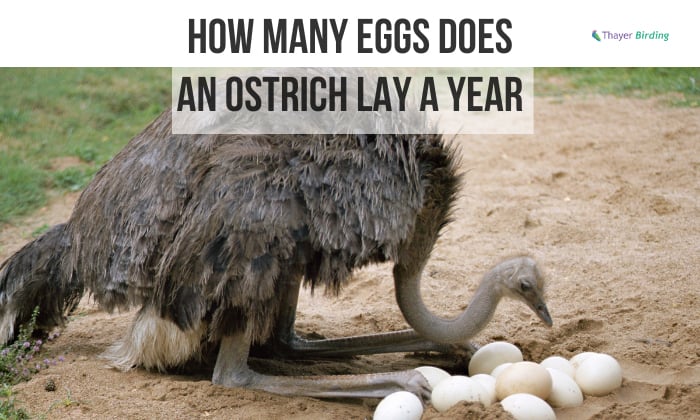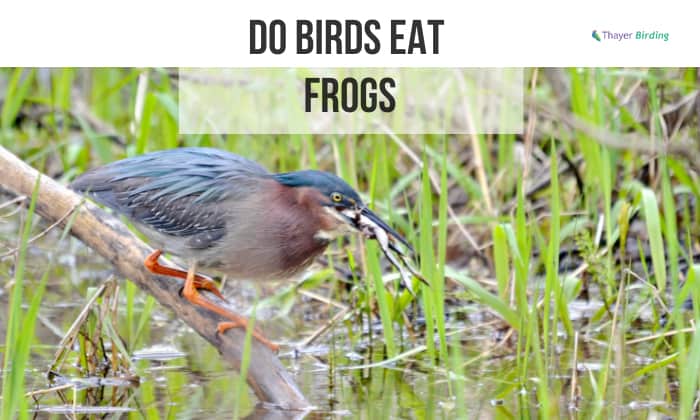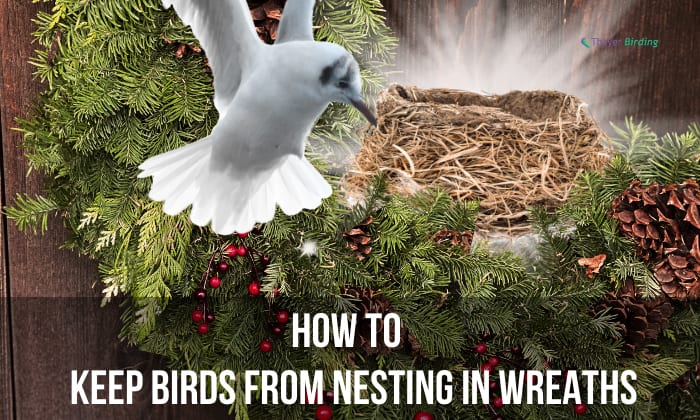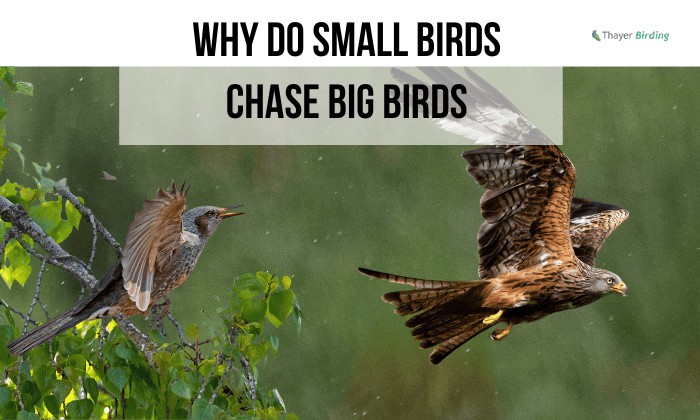If you are curious which of the following characteristics evolved independently in mammals and birds, then the short answer is “Endothermy.”
Among all choices of amniotic eggs, bone, endothermy, and jaws; endothermy, or being warm-blooded is one thing that stays true to only mammals and birds.
Keep reading for further explanations about endothermy.
Table of Contents
The Evolution of Mammals and Birds
Animals evolved in different ways over time to adapt and survive in a specific environment. Below are the important facts to better understand the evolution of mammals and birds.
1. Endotherm VS Ectotherm
Temperature is one of the most critical environmental factors to which animals must adjust if they are to live. In fact, every animal living on this planet has to keep their body temperature regulated to make its cells alive and functioning.
In general, the way how animals maintain their temperature can be classified into two groups: Endotherm and Ectotherm.
Animals classified as ectotherms have bodies whose temperatures are influenced by their environment. This basically means that their body temperature rises and falls according to the surroundings. Most reptiles and invertebrates belong to this group.
So how do ectotherms survive a harsh temperature? While they cannot control their body to produce heat, they can regulate their body temperature by seeking sun, shade, or an environment that suits them.
However, mammals (including humans) and birds, both of which have vertebrate ancestry, have evolved to produce internal heat through metabolic heat activity in order to regulate their body temperature.
This process of stabilizing temperature with little influence of the environment is referred to as endothermy. But how is that?
This is where it’s crucial to remember that birds descended from dinosaurs, which were endothermic according to paleontologists. Meanwhile, mammals independently developed endothermy to compete with birds and to burn fuel and forage at night.
In fact, if you were to see the phylogenetic tree of vertebrate evolution, you will better understand that all vertebrates were ectothermic not until birds and mammals have evolved.
However, there are also animals that are either endothermic or ectothermic, but as a basic rule, endotherms have higher basal metabolic rate (BMR) than the latter.
2. The Amniotic Egg
Now that we know that endothermy was the trait that independently developed in mammals and birds, this raises us to another question.
Which Evolutionary Innovation Was Most Significant in Helping Reptiles Birds and Mammals Move to Dry Terrestrial Environments?
Well, it is no other than the incredible amniotic egg. Because about 300 million years ago, mammals and birds did not even exist! But thanks to the amniotic egg, animals became unrestricted to aquatic life and were able to colonize the land.
This is during the Carboniferous period, which is approximately 360 million years ago, when the first amniotic egg was revolutionized by the early reptiles.
Amniotes is the term for species that lay eggs in an amniotic egg. Included in this group are reptiles, birds, and mammals. Yup, mammals are included such as egg-laying monotremes.
Their egg is characterized with a shell that helps prevent drying and mechanical stress and with embryonic membranes (amnion) that surrounds and is filled with amniotic fluid that provide a stable environment for the baby.
The baby gets the nutrients from the structure called yolk sac, and it can remove waste through allantois.
This is a unique kind of egg because the structure of the amniotic egg most closely surrounds the embryo.
The placenta, on the other hand, is referred to as the “modified egg” because it still has an amnion surrounding it that is filled with amniotic fluid, with some changes in structure.
Eutherians is the term to classify mammals that have a placenta. Technically, all mammals are included in the group, excluding monotremes and marsupials,
You might be curious so let’s also answer the question, do lungfish have amniotic eggs?
No. Lungfish don’t have amniotic eggs. Only amniotes species have an amniotic egg and can reproduce eggs on the ground. Lungfish belong to the group of anamniotes, those of which lay eggs in water.
Due to this, historical sources noted that anamniotes such as amphibians and fish are the lower vertebrates. While amniotes are the higher vertebrates which includes reptiles and birds.
- The Vertebrates
You might have learned from grade school that vertebrates are animals that have backbones or vertebral columns. While it is true, vertebrates may be further distinguished by 12 characteristics.
Three of these include having a bilateral symmetry, outer covering of protective cellular skin, and cephalization or having well-developed sense organs at the head.
But, which of these characteristics contributed the most to vertebrate success?
Well, the answer is still amniotic egg.
It doesn’t belong to the twelve characteristics; rather, thanks to its breakthrough evolution, vertebrates become successful animals with 12 distinguishable attributes.
The amniotic egg has changed the course of vertebrate evolution. In addition to enabling successful terrestrial colonization like the one we have discussed above, it also diversifies its ancestry line.
For the record, reptiles are the first ever amniotic vertebrates classified. While mammals and birds both descended from a reptile-like animal.
So, imagine if an amniotic egg did not exist? All of us may be just a fish paying no taxes! Kidding aside, we owe our reptile ancestors for the fantastic life we have today.
Conclusion
Animal evolution has always been fun to learn and understand. It mirrors our past, answers our present-day questions objectively, and gives cues to our future.
So, the next time you were asked, which of the following characteristics evolved independently in mammals and birds, you can quickly and confidently answer endothermy.
Just always remember the key takeaways in this article such as the importance of amniotic egg, and for sure, you can ace your science examinations.
Lastly, we hope that you enjoyed learning with us and discovering the amazing world of vertebrates. Happy reading!
Read more: The difference between the respiratory system in birds and the mammalian respiratory system.

George and I became friends after a birdwatching trip with our new group. And we have been enjoying every adventure together. When he told me the idea of establishing a site that shares our experiences and fun, I immediately agreed. After trials and errors, here we have Thayerbirding.


